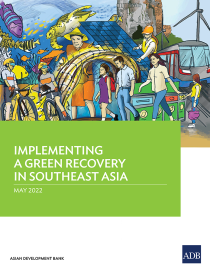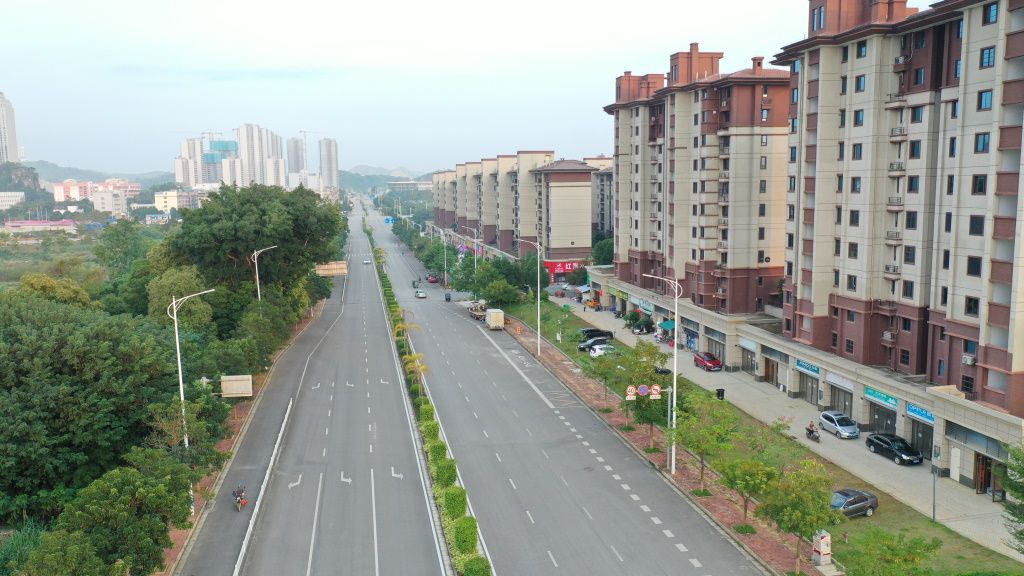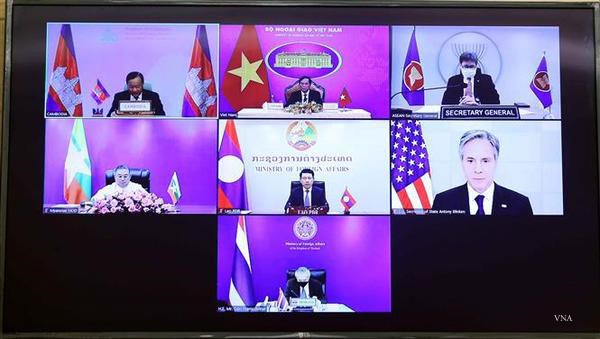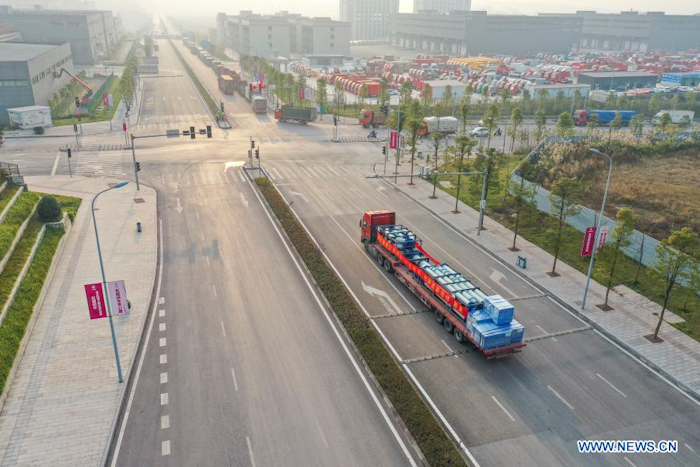
Implementing a Green Recovery in Southeast Asia
This report explains why Southeast Asian countries need to design pandemic recovery policies that hit both ambitious socioeconomic and environmental goals.

This report explains why Southeast Asian countries need to design pandemic recovery policies that hit both ambitious socioeconomic and environmental goals.
Vientiane, the capital of the Lao People’s Democratic Republic, has a growing population living and working within a hub of government, tourism, educational, religious, commercial institutions, and residential areas. Its narrow, convoluted streets are overflowing with vehicles.

An ADB project improved living conditions in three cities in Guangxi Zhuang Autonomous Region, People’s Republic of China, to help unlock their potential as strategic regional transport corridors.
Thailand will accelerate its railway connectivity, in line with the opening of the railway link between the People’s Republic of China (PRC) and Lao People’s Democratic Republic (Lao PDR) in December 2021.

Workers take a ride on a truck after their shift at a factory in Cambodia. Photo by ADB.
The Asian Development Bank (ADB) has approved an $82 million loan to improve about 48 kilometers of national and provincial roads in Prey Veng and Kandal to boost economic development along the Greater Mekong Subregion (GMS) Southern Economic Corridor.
Two trucks were flagged off at the launch of cross-border freight transport between Kunming in Yunnan Province, People’s Republic of China (PRC), and Vientiane, Lao People’s Democratic Republic (Lao PDR), on 25 August. The Vientiane-bound truck from PRC carried around 3 million CNY (around $464,000) worth of machinery, equipment, and electronic appliances, while the truck bound for Kunming carried Laotian goods. Both trucks will pass through the Bohan (PRC)-Boten (Lao PDR) border checkpoint.
The Governments of Lao People’s Democratic Republic and Viet Nam inaugurated the Dakta Ok (Se Kong, Lao PDR) – Nam Giang (Quang Nam, Viet Nam) border gates on 14 August 2021, which were upgraded to international status this year. This new international cross-border point is expected to further boost bilateral trade, investment, and tourism, and promote opportunities for cooperation between Viet Nam’s central key economic zone and Lao PDR’s south-central region, as well as Thailand’s southeast region.
Mr. Nguyen Hong Dien, Viet Nam’s Minister of Industry and Trade, requested support from Mr. Lu Xinshe, Party Secretary of the Guangxi Zhuang Autonomous Region of the People’s Republic of China (GZAR, PRC), to facilitate cross-border trade between Viet Nam and the PRC by (i) upgrading border gates, (ii) restoring customs services at sealed off border gates, and (iii) extending the operating hours of customs clearance services at border gates, border crossings, and markets.

Meeting photo via Viet Nam Plus
The second Mekong-U.S. Partnership Ministerial Meeting held on 2 August 2021 unveiled four flagship projects under the Mekong-U.S. Partnership, and noted the 8.5 million vaccine doses and over $58 million in U.S. COVID-19 assistance to the Mekong subregion countries.

Aerial photo of the Nanpeng Highway Bonded Logistics Center in southwest China's Chongqing Municipality via Xinhua
Cross-border highway freight service in Chongqing, People's Republic of China, grew significantly in the first half of 2021. Data from Chongqing Highway Logistics Base showed that 1,666 trucks transported goods worth about 997 million yuan ($154 million), up 70% and 107% year on year, respectively, from January to June. Chongqing launched its cross-border highway freight service in 2016. This year, it started new highway cross-border freight routes linking the inland city with Vientiane, Lao PDR. The service presently operates nine routes linked to ASEAN countries and Central Asia.